The United Kingdom is a country filled with history and with a huge ethnic and cultural diversity. Not just due to emigration, but also because of the native folks from the four states that constitute the country. The differences are such that each of those states deserve an article for themselves. But since they are all under the same flag, I will list below a few curiosities about the United Kingdom.
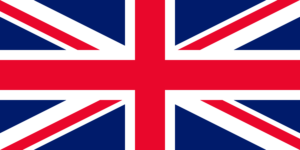
Capital: London
Official languages: English (nacional), Scots, Ulster Scots, Welsh, Cornish, Scottish Gaelic, Irish
Currency: Pound sterling [ £ ]
Time zone: UTC / UTC+1 (summer), same as Portugal
Total area: 242 495 km2
Population: 67 886 004
Driving: on the left
Climate: most of the United Kingdom has a moderate climate, with low temperatures and a lot of rain all year long. The temperatures averaging between -20ºC and sometimes even above 35ºC. In some parts of the north of England, Wales, Northern Ireland and most of Scotland they have a sub-polar oceanic climate. The Scottish Highlands have a sub-arctic continental climate.
A bit about the United Kingdom’s history
The United Kingdom’s history is really complex, and it comes way before the union (obviously). In order to highlight properly each state, I will share a bit of each state’s history before the union.
A bit about England’s history
Commonly (and wrongly) a lot of people refer to the United Kingdom as just England. England is just one of the four states that are part of this union of kingdoms. It is also there where the capital, London, is. Hence the confusion and the wrong reference when people refer to the country.
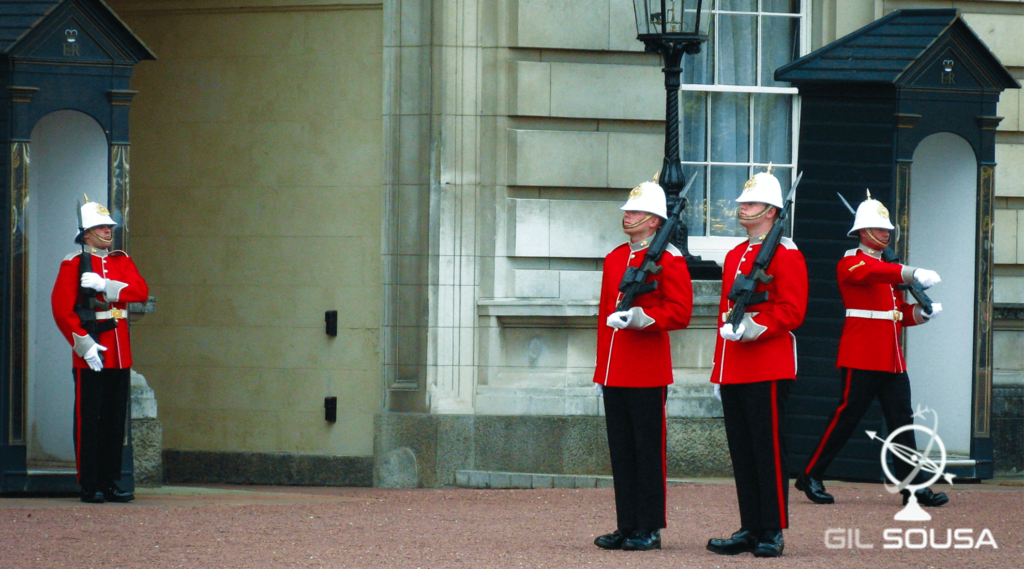
England’s history comes since the pre-historic times, being the Stonehenge one of the most famous monuments in the world representing this era. The British Isles are inhabited continually since this pre-history, and they already endured several invasions from various people.
The roman invasions were the most note-worthy, at some point they even established the province of Britannia which is nowadays England. The war and engineering power of the romans were clearly superior, and with that they managed to establish a strong presence in that region. It was also the romans who founded cities like London. The roman influence was quite strong also within the religious culture, they were the ones who introduced the catholic religion and almost extinguished the culture of Celtic gods. When the romans left the region, christianity was already quite present in the community.
After the romans, it was the anglo-saxons turn to invade the island, around the V century, with invasions for several decades. During that period, the population of the United Kingdom decreased considerably, mostly due to the plague and smallpox.
By the end of the VIII century it was the vikings’ turn to invade the island and control the majority of the kingdoms of the region which is nowadays England. At some point, only the kingdom of Wessex was under the control of an English king. It was from that point, and the following century, after several expansions, that they reached the area that is known nowadays as England.
A bit of Wales’ history
Alike England, the romans also reached Wales, where there are traces of these occupations. The roman theater in Caerleon is the most well preserved in the United Kingdom.
However, unlike their neighbor England, Wales was never conquered by the anglo-saxons and, maybe due to that, they managed to preserve the Welsh language and their culture.
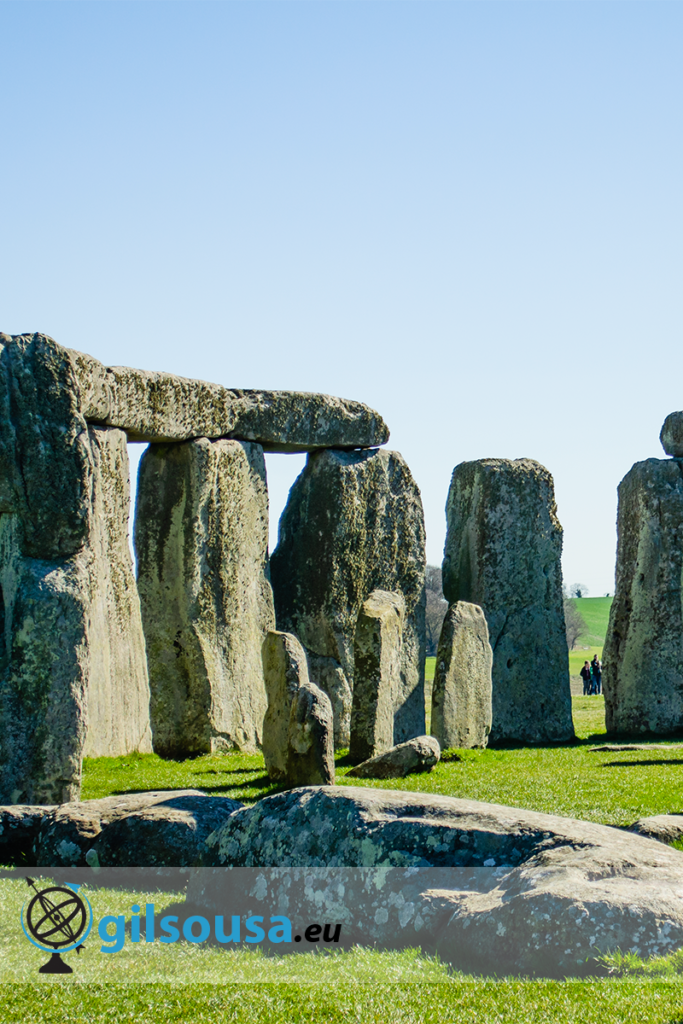
England conquered Wales gradually, from 1066 until 1282 when King Edward I of England invaded the country and defeated in battle the last independent prince of Wales. The country was legally annexed by Union Decree in 1536, during King Henry VIII of England’s reign.
The title of Prince of Wales (Tywysog Cymru in Welsh) was the title that the native Welsh princes had until the XII century, being then replaced by the word king. After the battle where one of the last Welsh princes died, Llywelyn ap Gruffudd, King Edward I of England gave the title to his son Edward as the first English Prince of Wales.
Since the XIV century that this title is given by the king of queen to the apparent heir to the English or British monarchy. If this title isn’t granted, this won’t affect the rights of succession.
A bit of Scotland’s history
What most people know about Scotland’s history is due to what we see in movies like Braveheart or tv shows featuring independence wars for the country’s sovereignty. Even recently the subject about Scotland’s independency has come up quite often. But was it always like that?
In fact, the Kingdom of Scotland began with the ties between two kingdoms. With several marriages between members of the royal families, that kept the peace between the two kingdoms. Until that, in 1286 with the death of King Alexander III, a dormant issue arose. Since the two heirs of the king were already dead, the fight for the Scottish crown disrupted the country’s sovereignty.

In 1306, Robert Bruce, one of the pretenders to the Scottish thrown revolved against the English domain and made himself king of Scotland. But only in 1328 England recognized the Scottish Kingdom. Robert Bruce died the following year. His son, David II, was the first Scottish king anointed and crowned. The war between Scotland and England over their territory continued.
One of the most well-known stories about the kingdom of Scotland is of Mary Stuart, the Queen of Scotts. Born in 1542, one week before her father’s death, the king James V. Due to alliances with the French crown, Mary was promised, and later married, to the crown prince of France.
Due to the pro-protestant movements, and considering Scotland was still a catholic kingdom and Mary was a widow of a catholic king, upon her return to Scotland she found a country very hostile towards France and catholic church. Mary could also claim the english crown, and therefore, Queen Elisabeth I of England feared she would claim her rights. After a short reign filled with incidents, she ended up being captured and later executed by order of Queen Elisabeth I.
Her son, James VI, since he was also claiming the English throne (and Scottish) he avoided conflicts with the English crown even after his mother being executed. Later he became James I of England.
A bit about Northern Ireland’s history
This small state, on the next island, has a quite troublesome and recent history. So recent that it is still part of our generations.
Northern Ireland was set for several really recent conflicts of Irish nationalism. But its nationalism history comes from the times of the occupations by the Queen Elisabeth I and King James I in other parts of the island. Northern Ireland’s area became the main congregation of Scottish settlers upon the exodus of the native Scottish government and the elite of Scotland. Known as the Flight of the Earls.
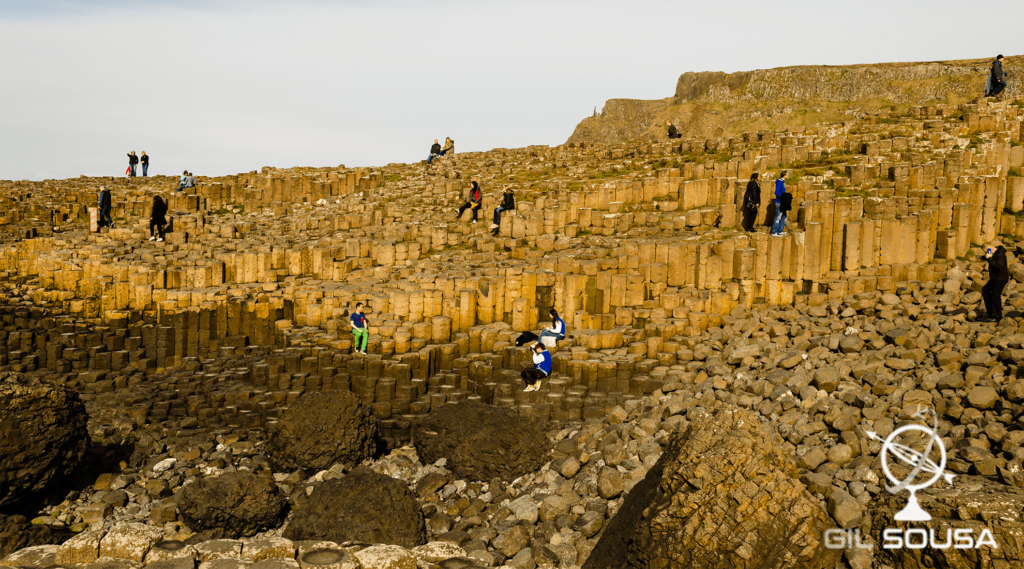
The conflicts ended, however there is still some tension between nationalists and unionists. In certain parts of the country, mostly some districts in Belfast, it is common to see a display of flags, either Irish or of the United Kingdom.
A bit about the history of the formation of the United Kingdom
The few details I mentioned before basically explain how the United Kingdom was formed. While Wales and Ireland were conquered, remaining only Northern Ireland as part of the kingdom we know today. In regards of Scotland, even though James I of England (VI of Scotland) became king of both kingdoms, the union between kingdoms only became oficial 100 years later.
Some curiosities about the United Kingdom
- Tea is, by far, the most consumed beverage among the British. In average 165 million cups of tea are consumed per day.
- London has an insane amount of different nations and cultures, it is estimated that are spoken more than 300 different languages in the English capital.
- The first stamp was created in the United Kingdom in 1840, with an image of Queen Victoria.
- Older than the pyramids of Egypt, Stonehenge is one of the oldest monuments in the world.
- Gold as a sport was created in Scotland in 1457, being considered as a national sport. The sport was so popular that King James II banished it because it was affecting the soldiers’ practice.
- Great Britain is connected to the rest of Europe by the Channel Tunnel. With an extension of 21 miles, this is the second longest underground tunnel in the world, connecting Dover to Calais in France.
- Queen Elisabeth II ascended the throne in 1953 and in 2015 she became the longest reigning queen in the whole world.
- The shorted war in the world took 38 minutes between the United Kingdom and Zanzibar.
- The British passport is issued in the name of the queen, therefore, she doesn’t have one. The queen already visited over 100 countries without ever holding a passport.
- The University of Oxford is the oldest in the world. Until 1877 its teachers couldn’t get married.
- The town with the longest name in the world is in Wales, and it’s name is Llanfairpwllgwyngyll.
- The United Kingdom’s flag, called Union Flag or Union Jack, represents the fusion of the English, Scottish and Saint Patrick’s flags (Saint Patrick’s flag represents Ireland). Wales is not represented in the flag, even though it is one of the 4 countries part of the Union.
- The United Kingdom has 15 National Parks, which represents an area of about 8% of the United Kingdom.
- England does not have mountains over 1000 meters.
- The United Kingdom has the 17th largest railway network in the world.
- During almost 300 years French was the official language of the United Kingdom (between 1066 and 1362).
- Around 3000 words of the English language were created by Shakespeare.
- During the XVI century, the kingdom created a fee taxing everyone that had a beard…
When is the best time to visit the United Kingdom?
Due to the climate being almost constant, any season is a good season to visit the United Kingdom. However in Winter the days are shorter, but even the cold is still bearable. But since the country is divided by four states, here’s my recommendations per state.
When is the best time to visit England?
England is much more than just London, but the capital is without question that it is the most popular place in the whole country. The high season is during Summer, between May and September, and the Christmas holidays.
My recommendation is to avoid these seasons, while Spring and Autumn are still great seasons and usually also cheaper. And why not exploring a bit more of the country and explore some places in the south?
When is the best time to visit Wales?
In contrast to England, where the capital is best known, in Wales Nature is queen! Therefore, the weather is a really important factor to take into consideration.
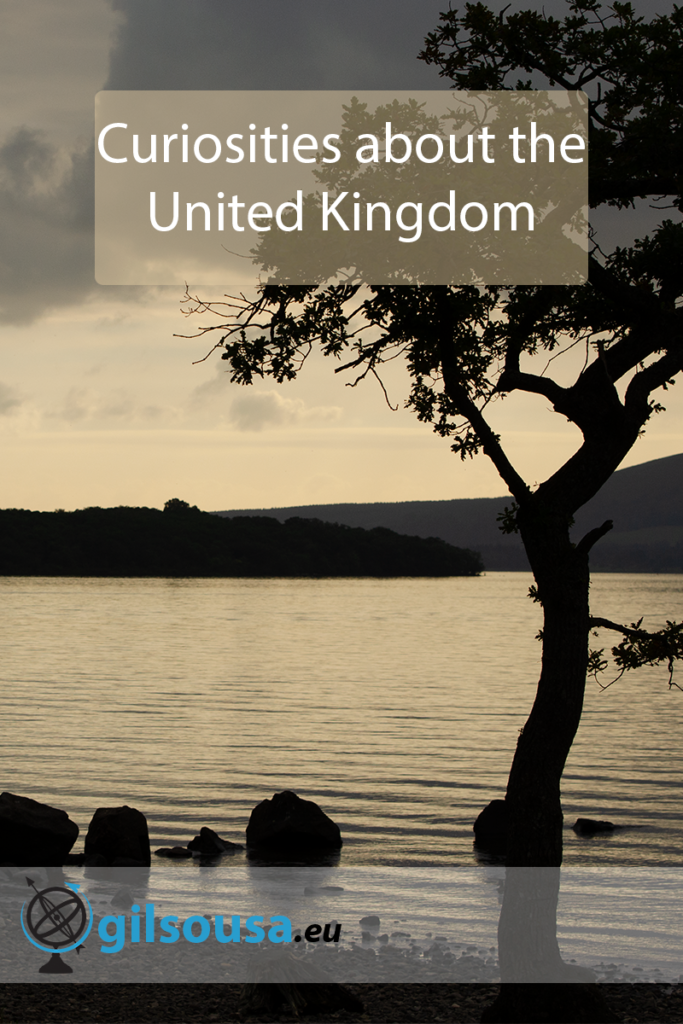
If your goal is to hike and explore what Wales has to offer, then my suggestion is to visit it right at the beginning of Summer. During this period you’ll have the opportunity to still see a lot of wild flours and better chances of sunny days.
If you are looking more for the golden Autumn colors then this season is also a good bet. This is also the harvest season, therefore you might even be able to taste some fresh products.
When is the best time to visit Scotland?
Here cold should be taken into consideration. Winters are much colder, but also, since it is so up north you might also be lucky and see the Northern Lights.
On the other hand, during Summer you have the advantage of having longer days comparing to the south of the island. In June the sun sets after 10 pm!
Alike England, Scotland also has a very popular city. Edinburgh. Therefore, Summer is the high season and with that the prices also increase, also the amount of tourists. But if your goal is to get out of the city, then Summer might be your best bet. More tourists, but also longer days and probably also sunnier.
When is the best time to visit Northern Ireland?
Alike Scotland, Northern Ireland also has the advantage of longer days during Summer. Which also makes this a popular season to visit this small state of the country.
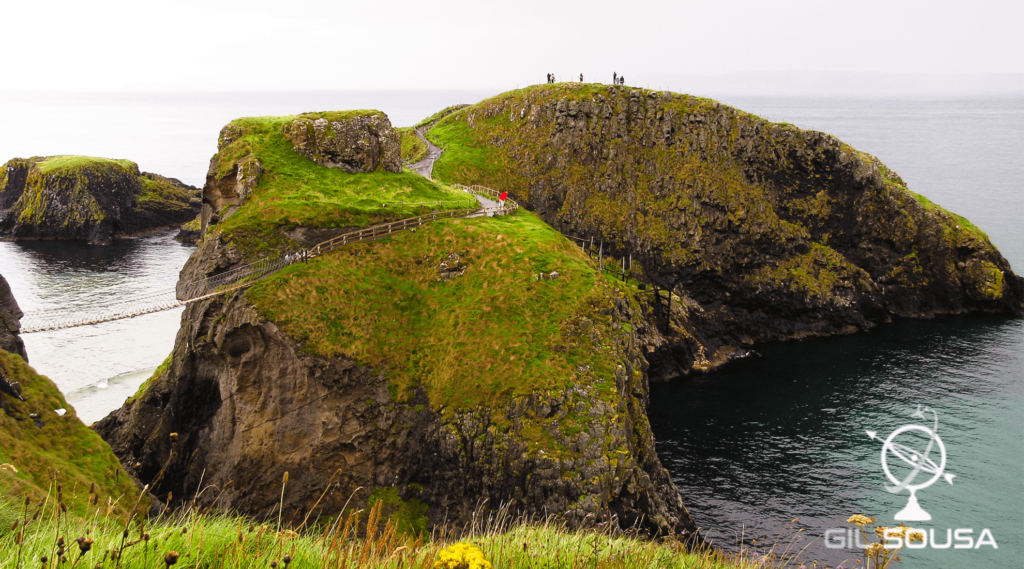
Belfast is the capital, which in 2018 was elected as the best place to visit. And there’s a good reason for that, the city is really interesting and full of history. Did you know the Titanic was built there?
If you want to avoid the high season, then Autumn is a good time to visit. And you can even get out of the country and explore a bit more of the rest of the island.



Leave a Reply